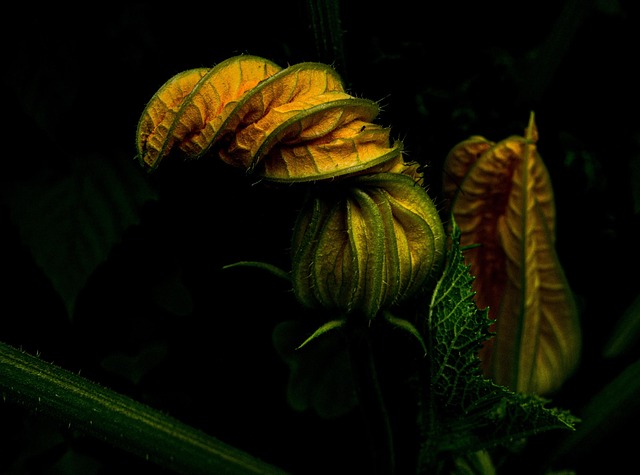Creating a vibrant vegetable garden is not just about planting crops; it’s about nurturing an ecosystem that flourishes with life. When we consider adjacent green areas in our gardens, we take a significant step toward creating a sustainable and harmonious environment. These spaces can serve various purposes, from supporting pollinators to providing shade and shelter for beneficial wildlife.
To cultivate adjacent green areas effectively, begin by selecting native plants that thrive in your climate. Native flora is vital for fostering a balanced ecosystem, as it attracts local pollinators and other beneficial insects. By integrating these plants within your vegetable garden, you create a natural corridor that enhances biodiversity while promoting healthier plants. Imagine walking through a garden abuzz with the sounds of bees, butterflies, and birds all drawn to your carefully chosen greenery.
An eco-friendly garden is one where every element supports others. For instance, consider planting a variety of greens, herbs, and flowers that can function as companions to your vegetables. Companion planting not only optimizes space but also ensures that your vegetable crops receive natural pest control and enriched soil from their neighbors. For instance, marigolds can ward off pests, while basil thrives alongside tomatoes, enhancing their flavor and growth.
Water management is another critical aspect of maintaining harmonized green areas. Incorporating rain gardens or swales can help you manage runoff while creating thriving habitats for local wildlife. Native grasses and wildflowers in these areas will absorb excess water during heavy rains and provide a lush environment that attracts frogs, birds, and butterflies, making your green areas not only beautiful but functional.
Organic gardening practices should be at the forefront of your efforts. Utilizing compost and organic fertilizers will nourish both your vegetables and adjacent green areas, promoting soil health without harmful chemicals. This practice encourages beneficial microorganisms that contribute to a vibrant and thriving ecosystem. Additionally, planting cover crops in the off-season can improve soil quality, prevent erosion, and add nutrients back into the earth, ensuring your garden remains productive year after year.
Another essential consideration is the arrangement of your adjacent green areas. Create a layered garden by designing vertical spaces with trellises or raised beds, allowing sunlight to filter down to lower plants. Incorporating various heights and textures not only enhances the aesthetic appeal but also maximizes space and encourages diverse habitats. Pollinators will appreciate the varied landscape, ensuring they visit your garden frequently, amplifying pollination among your produce.
Moreover, consider the seasonal changes in your garden. Planting perennials in your adjacent green areas not only provides color all year round but also minimizes maintenance. These plants will come back season after season, contributing to the overall stability of your ecosystem while providing shelter and food for various organisms. Embracing a diverse selection of plants will ensure that your green areas are dynamic, adapting to seasonal changes and fostering a continuous engagement with nature.
Finally, remember that gardening is a journey rather than a destination. Observe how plants interact within your adjacent green areas, noting which arrangements and combinations yield the best results. By doing so, you will learn more about the unique balance of your garden ecosystem, tailoring your practices to align with the natural beauty of your surroundings. Whether you’re new to gardening or a seasoned expert, the collaboration between your vegetable plots and adjacent green areas will lead to bountiful harvests and a flourishing garden that celebrates nature and nurtures the environment.




